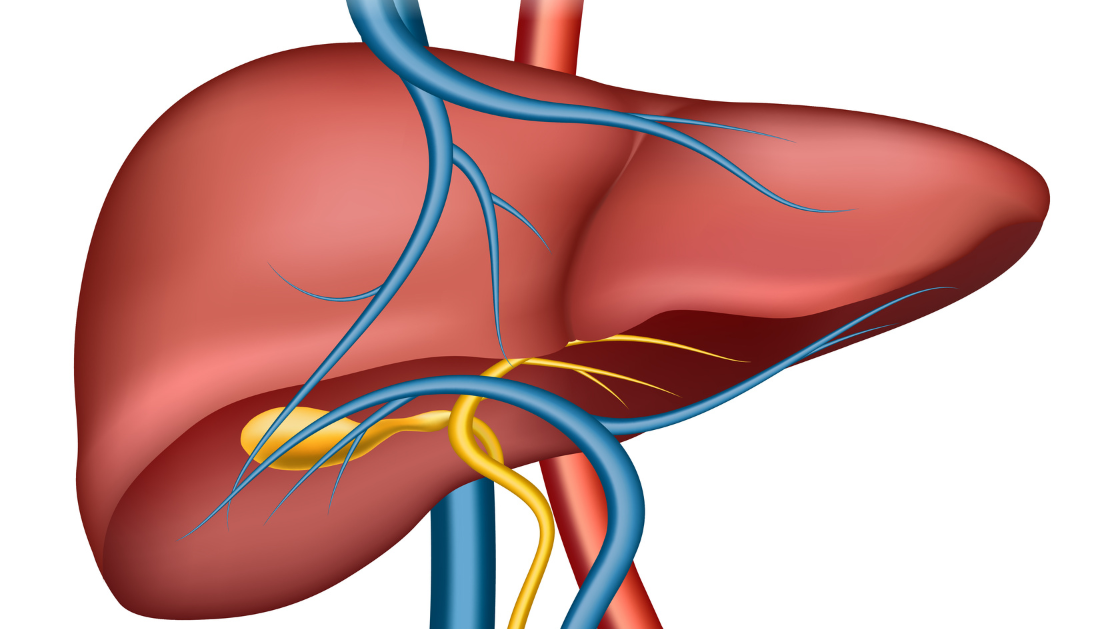

Ischemic cholecystitis is a type of gallbladder inflammation that develops in the absence of gallstones or other external pressures. It is caused by a lack of blood flow to the gallbladder tissue.
This new study is significant because it contributes to a better understanding of the pathogenesis of ischemic cholecystitis and the development of more effective treatments for this ailment.
A study was done by a team of researchers from the University of California, San Francisco, to investigate the cause of this condition. They discovered that the gallbladder is particularly vulnerable to ischemia because it receives its blood supply from a terminal artery, which means that if this artery becomes blocked, there is no other artery to deliver blood to the gallbladder.
The researchers also discovered that ischemic cholecystitis is more likely in severely unwell patients. This is because critically ill individuals are frequently hypovolemic, or have low blood volume. This can result in decreased gallbladder perfusion, which can cause inflammation.
These findings have substantial implications for ischemic cholecystitis diagnosis and treatment. This is sometimes misinterpreted as another ailment, such as sepsis or pancreatitis, due to its difficulty in diagnosis. This can result in therapy delays and lower patient outcomes.
The researchers also discovered that ischemic cholecystitis recurs more frequently than obstructive cholecystitis. This means that patients with ischemic cholecystitis are more likely to undergo gallbladder removal operations.
The gallbladder is surgically removed to treat this condition. This is the only way to keep the condition from coming back.
Ischaemic cholecystitis is a rare but deadly illness that is more common in critically unwell people. Clinicians must be aware of this disorder to diagnose and treat it as soon as possible.
For more information: Favela, J. G., et al. (2023). Aetiology, diagnosis and management for ischaemic cholecystitis: current perspectives. eGastroenterology. doi.org/10.1136/egastro-2023-100004.
more recommended stories
 36-Week Pre-eclampsia Screening May Reduce Term Risk
36-Week Pre-eclampsia Screening May Reduce Term RiskA New Preventive Strategy for Term.
 Cardiovascular Risk and Sudden Cardiac Death in Diabetes
Cardiovascular Risk and Sudden Cardiac Death in DiabetesRising Sudden Cardiac Death (SCD) Risk.
 Poor Kidney Function and Alzheimer’s Biomarkers Explained
Poor Kidney Function and Alzheimer’s Biomarkers ExplainedPoor kidney function may influence levels.
 Perinatal Mental Health Challenges Highlighted in New Study
Perinatal Mental Health Challenges Highlighted in New StudyMental Health Challenges in New Parents:.
 Walking Speed Before Hip Replacement Predicts Recovery
Walking Speed Before Hip Replacement Predicts RecoveryNew Evidence Points to a Simple,.
 Neuroblastoma Drug Combo Extends Survival in Models
Neuroblastoma Drug Combo Extends Survival in ModelsA Promising Shift in High-Risk Neuroblastoma.
 How Soybean Oil Impacts Weight Gain and Metabolism
How Soybean Oil Impacts Weight Gain and MetabolismWhy Soybean Oil May Affect Metabolism.
 Coffee and Cognitive Function: Evidence Review
Coffee and Cognitive Function: Evidence ReviewA new narrative review in Cureus.
 World Summit Outlines Core Principles for Healthy Longevity
World Summit Outlines Core Principles for Healthy LongevityWhy Healthy Longevity Demands a New.
 Colorectal Cancer Screening Rates Low in Adults 45–49
Colorectal Cancer Screening Rates Low in Adults 45–49Recent UCLA research reveals that colorectal.

Leave a Comment